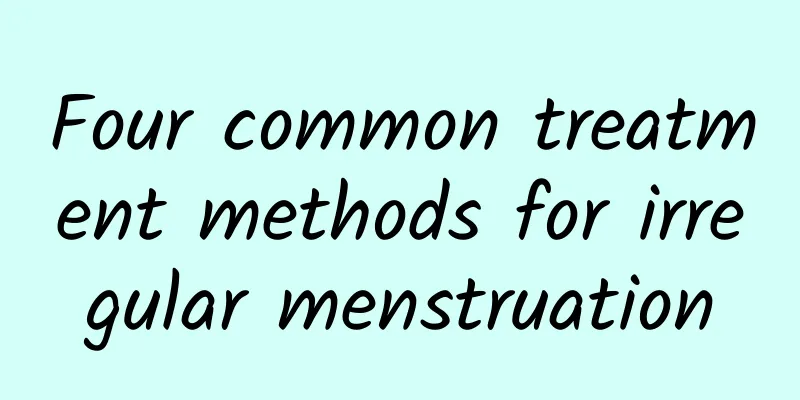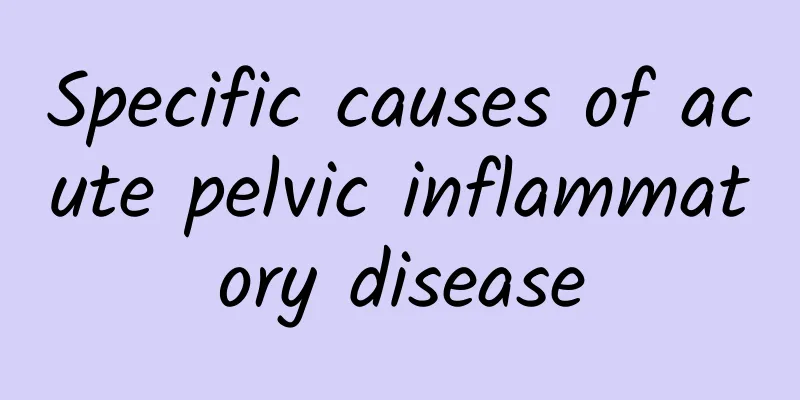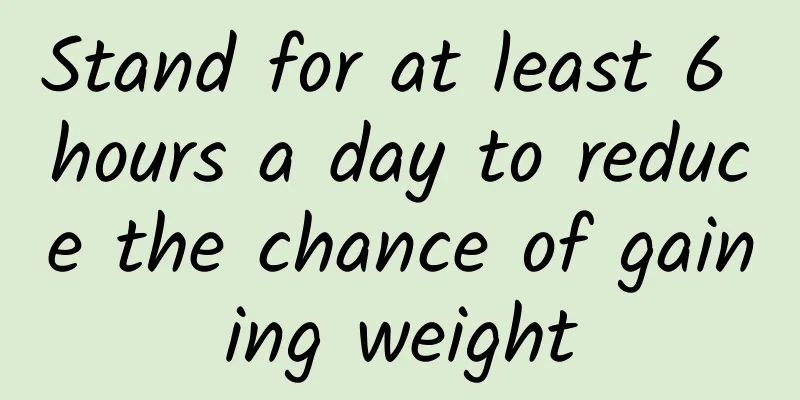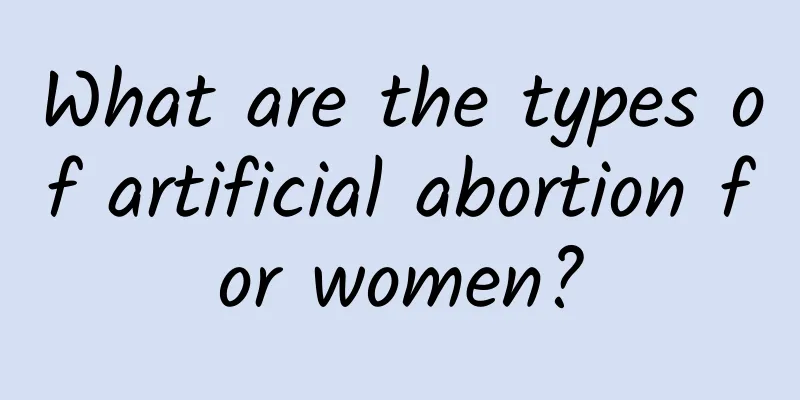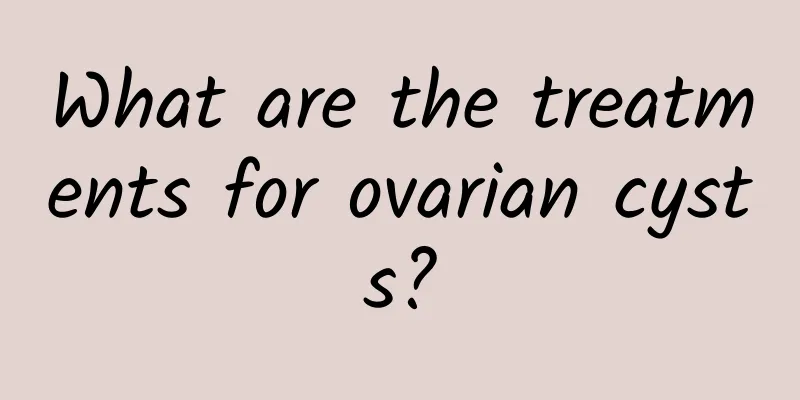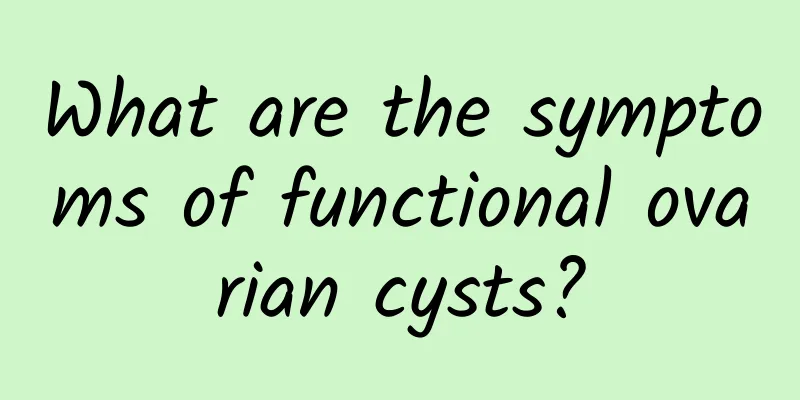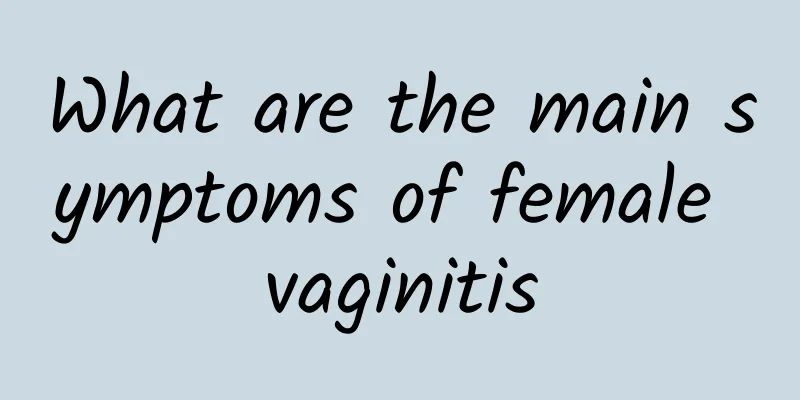What to do if you have uterine fibroids
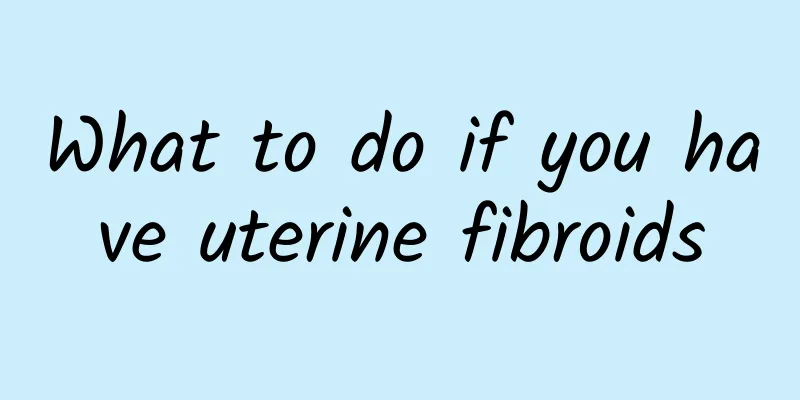
|
Uterine fibroids are the most common benign tumors of the female genitalia, composed of smooth muscle and connective tissue. In general, the treatment of uterine fibroids should be based on age, symptoms, fertility requirements, and the type, size, and number of fibroids. Uterine fibroids do not require treatment if they have no symptoms, especially for women approaching menopause. Uterine fibroids can shrink and symptoms disappear after menopause. Follow-up visits are conducted every 3 to 6 months, and further treatment can be performed if symptoms occur. Drug treatment is suitable for women with relatively mild symptoms, those approaching menopause, or those whose general condition is not suitable for surgery. The harm of uterine fibroids Uterine fibroids are common benign tumors in women. Small uterine fibroids have no symptoms, so they are not very harmful. They only need to be closely observed and no treatment is needed. Large uterine fibroids can cause increased menstrual flow, prolonged menstrual periods, and lead to anemia. If uterine fibroids are too large, due to their rich blood supply, the fibroids are prone to degeneration and cause abdominal pain or malignant degeneration. Larger fibroids also compress the bladder, ureters, and rectum, causing compression symptoms, which seriously affect physical health and require surgical treatment. Therefore, the harm of uterine fibroids is still very large. The treatment plan selected is different according to the location, size, and age of the uterine fibroids. Complications of uterine fibroids Complications of uterine fibroids are common in patients with clinical symptoms of uterine fibroids. Most of these patients will have heavy menstrual flow and prolonged menstrual period. Over time, this will lead to anemia in women. In addition, if the uterine fibroids are located in the lower part of the anterior wall, they will compress the bladder and cause frequent urination and urgency. If the fibroids are large, some women will feel a sense of heaviness and back pain in the waist and abdomen. These symptoms will worsen during menstruation. In addition, a very small number of women will develop sarcoma-like changes, which are more common in postmenopausal women. |
<<: How to diagnose adenomyosis clinically
>>: What measures can be taken to prevent infrequent menstruation?
Recommend
Where is the uterine fibroid located in the abdomen? On which side of the abdomen is the uterine fibroid located?
Where is the uterine fibroid located in the abdom...
Why is cervical erosion prone to recurrence?
After the treatment of cervical erosion, you must...
Common symptoms of adnexitis
Adnexitis is not uncommon among women. Most peopl...
Relieve dysmenorrhea and take good care of your menstrual period
How should women take care of themselves during m...
What are the main symptoms of congenital absence of vagina?
Women with congenital absence of vagina are in gr...
What factors cause cervical hypertrophy?
There are many reasons that induce cervical hyper...
How to regulate irregular menstruation for women What to eat for irregular menstruation for women
Irregular menstruation is a headache for many wom...
What are the symptoms of threatened miscarriage in older women?
Now more and more couples have responded to the c...
What are the typical symptoms of ectopic pregnancy?
The term ectopic pregnancy scares many female fri...
What are the specific measures to prevent cervical hypertrophy?
The occurrence of gynecological diseases is very ...
What are the common symptoms of irregular menstruation?
Irregular menstruation is a common disease among ...
Understanding the cause of vulvar leukoplakia can effectively prevent the disease
In recent years, the incidence of vulvar leukopla...
How to treat premature ovarian failure
How to treat premature ovarian failure? Premature...
Can eating crabs help you lose weight? Rich in protein, helps burn fat
The brightly colored orange-red crabs are everywh...
What are the early symptoms of missed abortion? We must pay attention to it
The early symptoms of missed abortion mainly incl...
